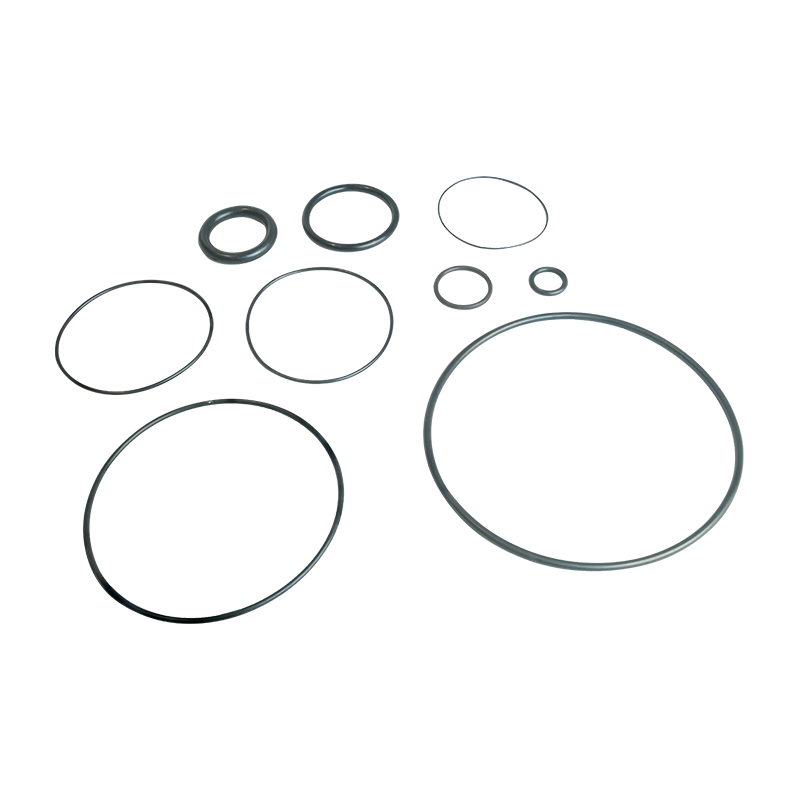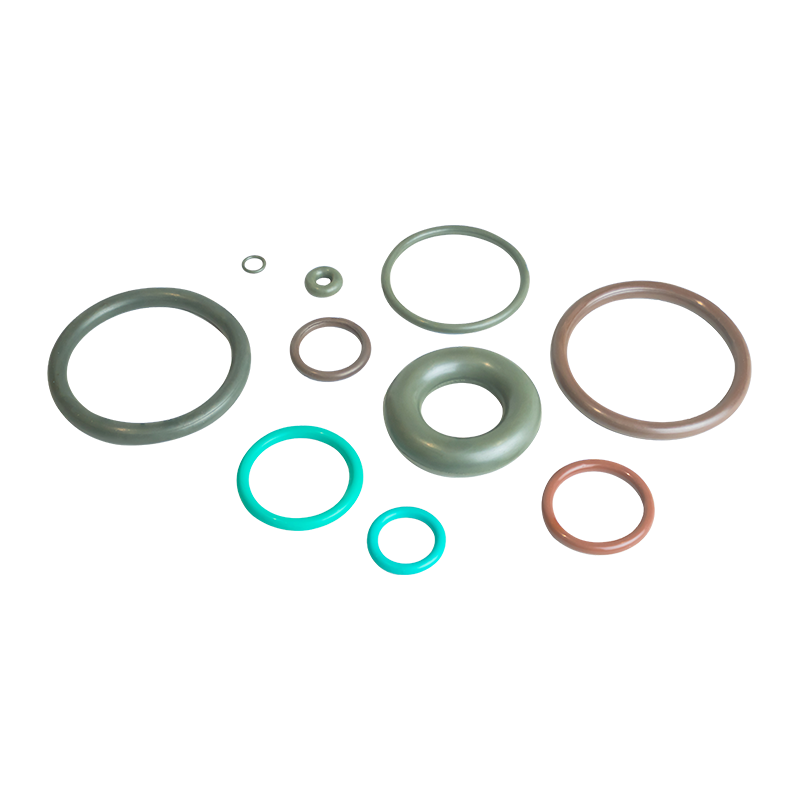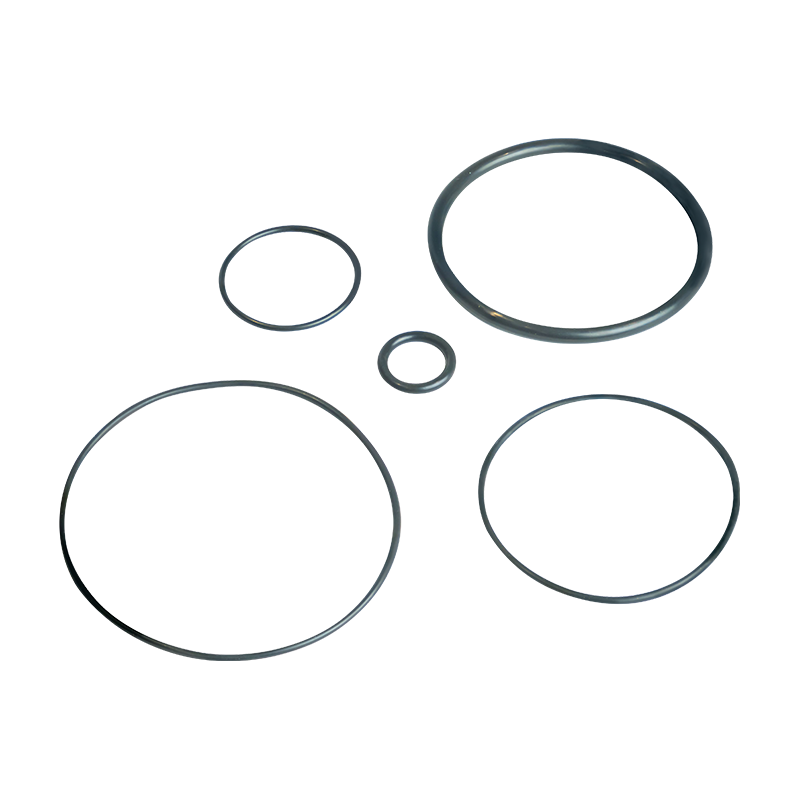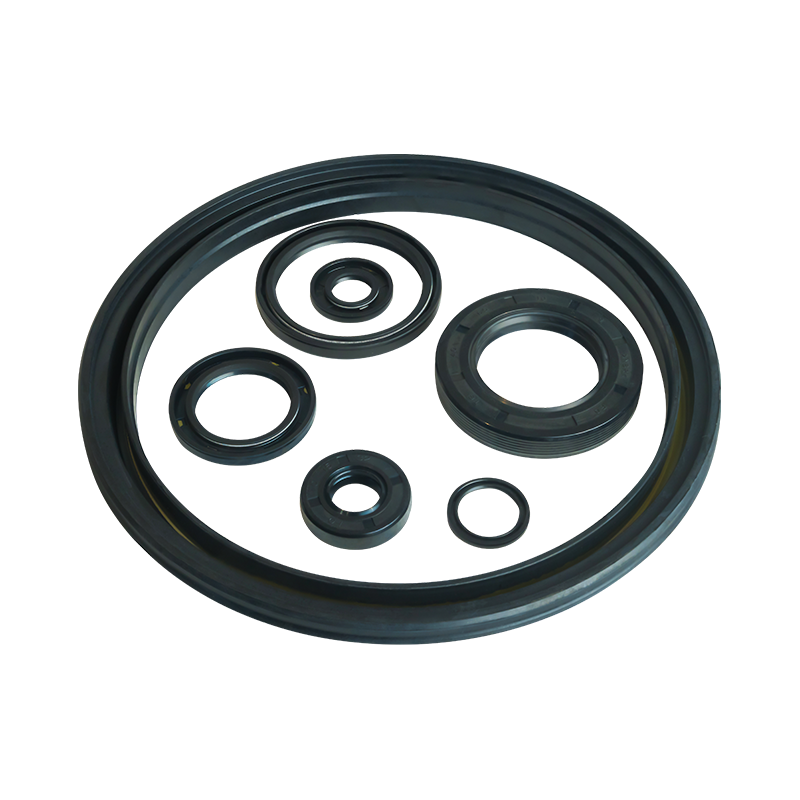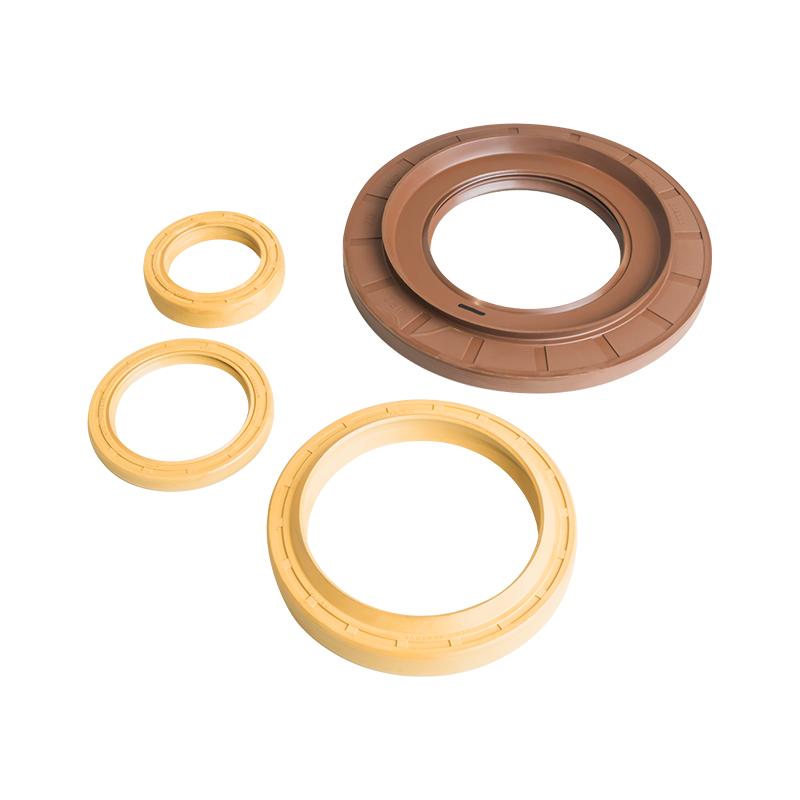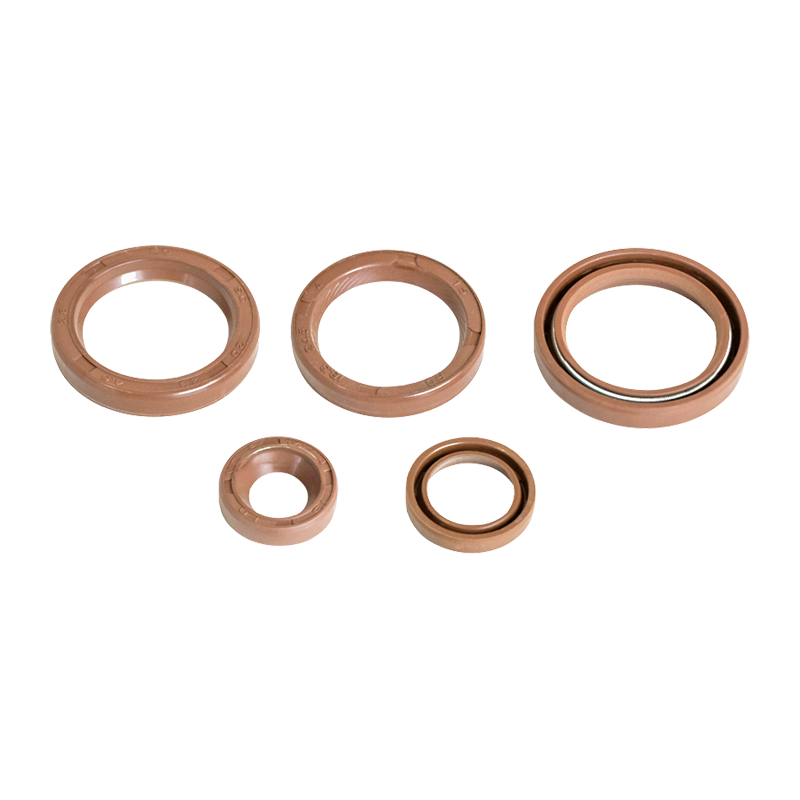Can NBR Wear-Resistance Auto Parts Oil Seals Extend Vehicle Lifespan?
In automotive engineering, the durability of components directly impacts vehicle longevity and operational efficiency. Among these components, oil seals play a critical role in preventing fluid leakage and protecting mechanical systems from contamination. NBR wear-resistance auto parts oil seals, made from nitrile butadiene rubber, are widely recognized for their superior performance in demanding conditions.
How Do NBR Oil Seals Outperform Standard Seals in Harsh Conditions?
Automotive systems operate under extreme temperatures, pressure fluctuations, and exposure to lubricants, making material selection crucial for oil seals. NBR (nitrile butadiene rubber) is preferred for its exceptional resistance to abrasion, oil, and heat, which standard rubber compounds often lack. In engines and transmissions, where friction and thermal stress are high, NBR wear-resistance auto parts oil seals maintain integrity far longer than conventional seals.
Comparative studies between NBR and generic rubber seals demonstrate a clear advantage in wear resistance. For instance, under identical operating conditions, NBR seals exhibit significantly less degradation after prolonged exposure to high-velocity lubricants and particulate contamination. Real-world test data from fleet vehicles show that NBR-based seals can endure up to 30% more mileage before showing signs of wear, reducing the frequency of replacements.
Additionally, NBR’s chemical stability ensures compatibility with a broad range of automotive fluids, including synthetic oils and biofuels. This adaptability makes them suitable for both traditional internal combustion engines and newer, high-performance applications.
Why Are These Seals Critical for Electric and Hybrid Vehicles?
The rise of electric and hybrid vehicles has introduced new challenges for sealing technology. While these vehicles lack conventional engine oil systems, they still rely on oil seals for battery cooling systems, reduction gearboxes, and electric motor bearings. NBR wear-resistance auto parts oil seals are particularly effective in these applications due to their ability to handle thermal cycling—a common issue in electric drivetrains where components experience rapid temperature changes.
In battery cooling systems, even minor lubricant leaks can lead to efficiency losses or safety hazards. NBR seals provide a reliable barrier, preventing coolant leakage while resisting degradation from exposure to thermal fluids. Furthermore, hybrid vehicles, which combine combustion engines with electric motors, benefit from NBR’s dual resistance to both petroleum-based lubricants and synthetic coolants.
Another critical factor is noise reduction. Electric vehicles operate more quietly than traditional cars, making any mechanical noise more noticeable. Worn or inferior seals can contribute to unwanted vibrations and sound. High-quality NBR seals help maintain a quieter operation by ensuring a consistent fit and reducing friction-induced noise.
What’s the Economic Impact of Using High-Wear-Resistance Seals?
From a financial perspective, investing in durable oil seals translates to long-term cost savings. Fleet operators, in particular, benefit from reduced downtime and lower maintenance expenses. The extended service life of NBR wear-resistance auto parts oil seals means fewer replacements, which directly cuts labor and part costs.
A comparative analysis between commercial and passenger vehicles highlights the economic advantages:
| Factor | Commercial Vehicles (High Mileage) | Passenger Vehicles |
|---|---|---|
| Seal Replacement Frequency | Reduced by 40-50% | Reduced by 20-30% |
| Maintenance Cost Savings | Significant due to scale | Moderate but notable |
| Downtime Reduction | Critical for operational efficiency | Less impactful |
For commercial fleets, where vehicles accumulate mileage rapidly, the return on investment (ROI) is substantial. Passenger vehicles also benefit, though the savings are less pronounced due to lower average usage. Nevertheless, the extended lifespan of critical components contributes to overall vehicle reliability, enhancing resale value.
How to Identify When an NBR Oil Seal Needs Replacement?
Despite their durability, even high-performance seals eventually wear out. Recognizing early signs of failure can prevent costly damage to adjacent components. Common indicators of a failing NBR oil seal include:
- Fluid Leaks: Oil or grease seepage around the sealed area is the most obvious symptom.
- Contamination: Presence of debris in lubricants suggests seal breakdown.
- Unusual Noises: Grinding or whining sounds may indicate excessive friction due to seal wear.
Proper installation is equally important to maximize seal lifespan. Key best practices include:
- Surface Preparation: Ensure mating surfaces are clean and free of scratches to prevent premature wear.
- Correct Fitment: Avoid over-tightening, which can deform the seal and compromise its effectiveness.
- Lubrication: Applying a thin layer of compatible grease during installation reduces initial friction and enhances performance.
NBR wear-resistance auto parts oil seals offer a compelling combination of durability, performance, and cost-efficiency. Their superior material properties make them indispensable in both traditional and electric vehicles, while their economic benefits are evident across commercial and passenger applications. By understanding their advantages and recognizing signs of wear, vehicle owners and operators can significantly extend component lifespans, reduce maintenance costs, and enhance overall reliability. As automotive technology evolves, the role of high-performance sealing solutions will only grow in importance.
Sray up to date with allour recent products
- Address: No. 6 Yangsha Road, Chengbei Industrial Park, Huilong Town, Qidong City, Jiangsu Province China
- Phone: +86-13906283641+86-18934546679
- Fax: +86-0513-83698022
- Email: [email protected]




 English
English русский
русский 中文简体
中文简体

